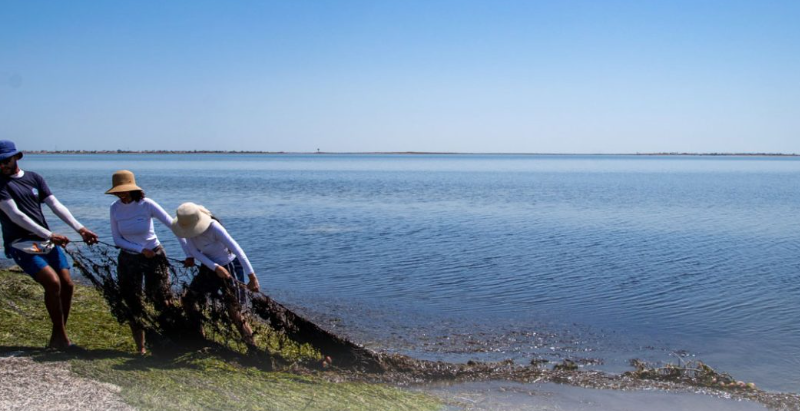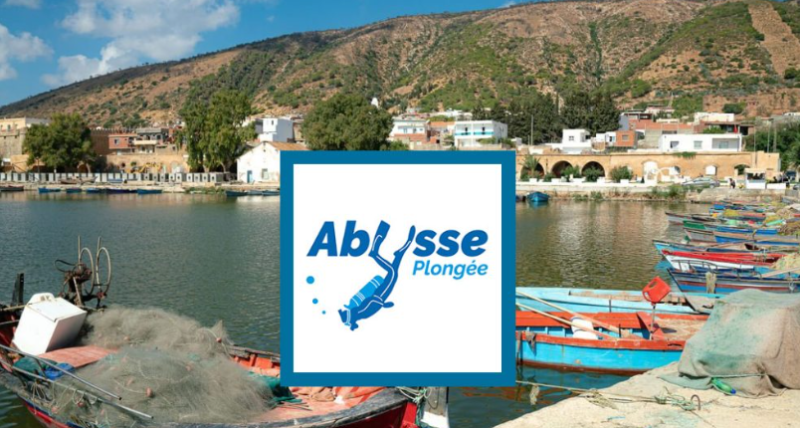Morocco boasts considerable potential in the blue economy, leveraging its extensive coastlines which span 3,500 kilometers and an exclusive economic zone covering 1.2 million square kilometers. This is further complemented by abundant fishery resources and renowned ports. This maritime wealth significantly contributes to the GDP, accounting for about 3% and providing employment to several hundred thousand people. Aware of the value of this heritage, Morocco has launched various initiatives at national, regional, and local levels to protect and enhance its maritime spaces.
The goal is to transform these resources into growth engines for traditional sectors such as fishing and coastal tourism, while also boosting new areas such as aquaculture, ecotourism, offshore wind energy, seawater desalination, and marine biotechnology. In response to the challenges posed by climate change, the government initiated a national blue economy program in June 2022, with a budget of 2 billion dirhams. This program aims to sustainably exploit the economic potential of marine and coastal areas, enhancing coordination among the various relevant sectors.
To support this program, Morocco has established a partnership with the World Bank through the « Development of the Blue Economy in Morocco » Results-Based Program (PPR EB), benefitting from $350 million in funding. This partnership is viewed as a major leverage for the country’s economic growth. By early March 2024, the Ministry of Economy and Finance, coordinator of the program, along with the World Bank, reviewed the progress of various projects. The data show a strong commitment from all involved parties to achieve the set objectives.
Significant Progress
In the field of aquaculture, the National Agency for Aquaculture Development (ANDA) has shown its commitment by allocating a budget of 116 million dirhams for the period 2023-2027. This initiative aims to develop 14 aquaculture farms, a significant number of which are led by women, as well as promoting seaweed cultivation and the creation of a shrimp cluster. The progress made so far indicates the success of this initiative, with the successful launch of the first aquaculture farms in 2024.
Scientifically, the National Institute for Fisheries Research (INRH) plays a crucial role by providing a solid scientific foundation for the sustainable management of fishery resources through the analysis of 17 fish stocks by the end of the program. With sea campaigns reaching a record 325 days in 2023, and 180 days for coastal campaigns, the INRH demonstrates its commitment to research and responsible management of marine ecosystems. The establishment and upgrading of Marine Protected Areas (MPAs) by the Department of Marine Fisheries (DPM) represent a major advancement in the preservation of marine biodiversity.
The application of marine spatial planning processes in the Souss-Massa region illustrates the government’s commitment to balancing environmental protection needs with economic and social development demands. Following Souss-Massa, Larache is expected to proceed with establishing an MPA in this region. In the tourism sector, the Moroccan Society for Tourist Engineering (SMIT) has launched projects aimed at creating and transforming very small, small, and medium-sized tourism enterprises (VSMEs). The operationalization of two regional development companies (SDR) in the regions of Tangier-Tetouan-Al Hoceima and Guelmim-Oued Noun enhances the country’s tourism infrastructure while promoting entrepreneurship, particularly among women. An estimated 100 VSMEs in Guelmim-Oued Noun, 150 in the Souss-Massa region, and 600 in Tangier are planned.
The Moroccan National Tourist Office (ONMT) has also played a crucial role by promoting coastal destinations through large-scale advertising campaigns. ONMT’s initiatives have reached millions of contacts, both nationally and internationally, underscoring Morocco’s growing appeal as a coastal tourist destination. In terms of monitoring and preserving coastal ecosystems, the Department of Ports and the Public Maritime Domain (DPDPM) and the Department of Sustainable Development (DDD) have made significant advancements. Through the use of high-resolution satellite imagery and on-the-ground surveillance campaigns, these entities work towards informed and sustainable management of Morocco’s coastal zones.
To date, 320,000 hectares have been assessed, with ongoing projects aimed at reaching a total of 3.9 million hectares by the end of the program. Additionally, the National Agency for Water and Forests (ANEF) has restored 200 hectares of coastal dunes under the program, demonstrating its commitment to the sustainable conservation of coastal and marine resources. It is worth mentioning that the development of a National Blue Economy Strategy (SNEB) is at the heart of governmental priorities. The goal is to unlock the economic, social, and environmental potential of coastal and marine zones by developing coastal clusters. These ecosystems will attract investments geared towards wealth-creating activities that are mindful of preserving the Moroccan coastline.




